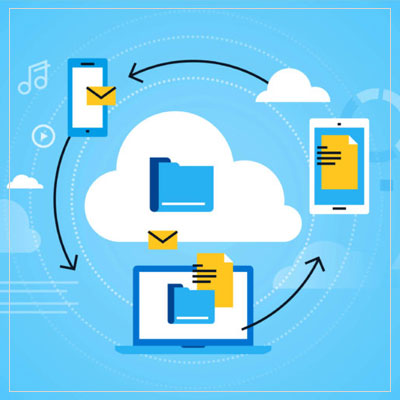At R.K. Bhandari & Co., in association with Ourpayroll.in we have established a platform with simplicity and ease of use in which we provide you all your employee related data like its Name, Father’s Name, Date of Birth, ESI Insurance No., EPF/Universal Account Number, Adhaar Card No. PAN No. Bank Account No., Bank Branch Name, Bank Branch IFSC Code, etc. on the go so that none of our clients should have to go through an age-old method of finding the same from the dust covered Index files. If there is any other data required we can provide the same as per client's requirement.
It is high time that business owners and HR managers acquire clarity about employee data access in cloud HRMS. An HRMS application contains sensitive information about employees including salary levels, deductions, contributions, bank details and other personal information. Nobody in the organization will feel comfortable to know that their personal information is viewed by any unauthorized person. Most importantly, it is not at all safe to give access to details such as this to everyone. Unauthorized access can lead to identify thefts and misuse of sensitive data.
In a multi-located business, employee data may be spread across different cloud data centers to give access to HR managers and teams at different locations. As the organization grows, HRMS becomes complex with new applications and interfaces.
Under such circumstances, it is important to establish a security protocol policy that defines who accesses what and for what reasons. For an ideal organization, it is important to protect employees’ details and build trust among them.
To begin with employee database protection, one must know first what data it creates, stores and transmits. Data protection is subject to data classification. Data classification is done on the basis of type of stakeholders involved. For instance, an organization may consist of senior managers, sales executives, C-level staff, temporary project team and likewise. Depending upon the stakes involved, you need a different data protection strategy for every class of employee.
In case of outsourced services, there is a high possibility that employee data leaves office premises. However, even if there is no outsourced service, cloud-based HRMS already stores data at a distant data center owned by a third party. This gives us an opportunity to think about what data should be stored on public cloud and what should remain on in-house servers. Business owners and IT managers must find out about security standards and policies put in place by cloud service providers.
Role-based access control is one way of putting checks on who accesses what. In case of promotion, role change, service termination, new appointment etc. It is a continuous job of the administrator to allocate and change user-based access.
It is important to note that HRMS systems are interlinked with other business systems like CRM and ERP. Since there is constant exchange of data within the systems, HR data can’t be presumed to be located within one system only. So, special attention should be given to the level of data integration and appropriate checks must be put in place.
Auto-provisioning is the best way to control access to applications and data. Auto-provisioning ensures that new recruits are given automated authorized access while the employees that leave the company are automatically de-provisioned to avoid unauthorized access to sensitive data. Business context of a user is critical to incorporate while designing an auto-provisioning system that clearly complements the role of user. The key components for role-based provisioning and portal access include provisioning platform, role management platform, access management platform and a portal. All these components put together enable a safe and secure role-based access to the employee portal.
